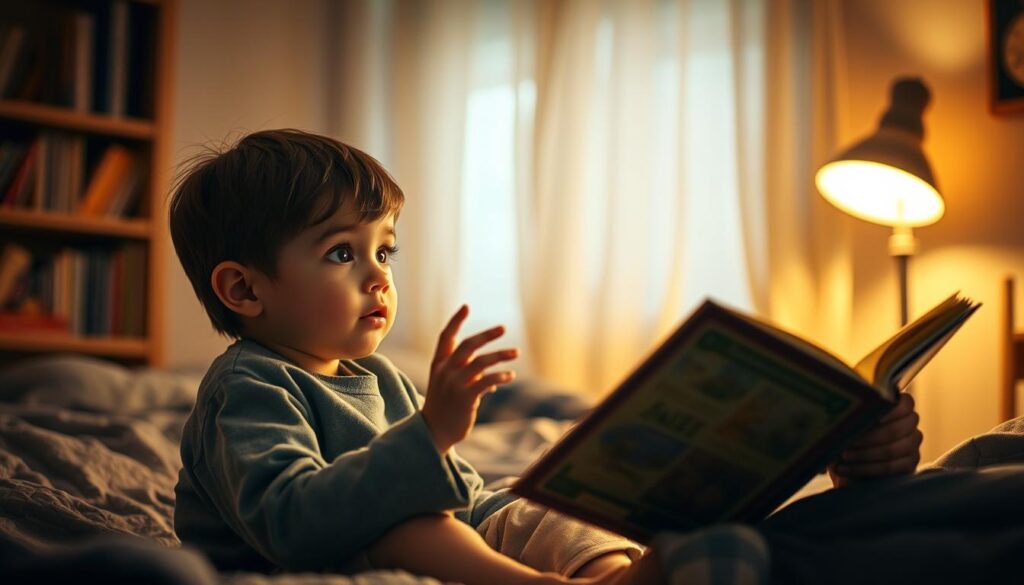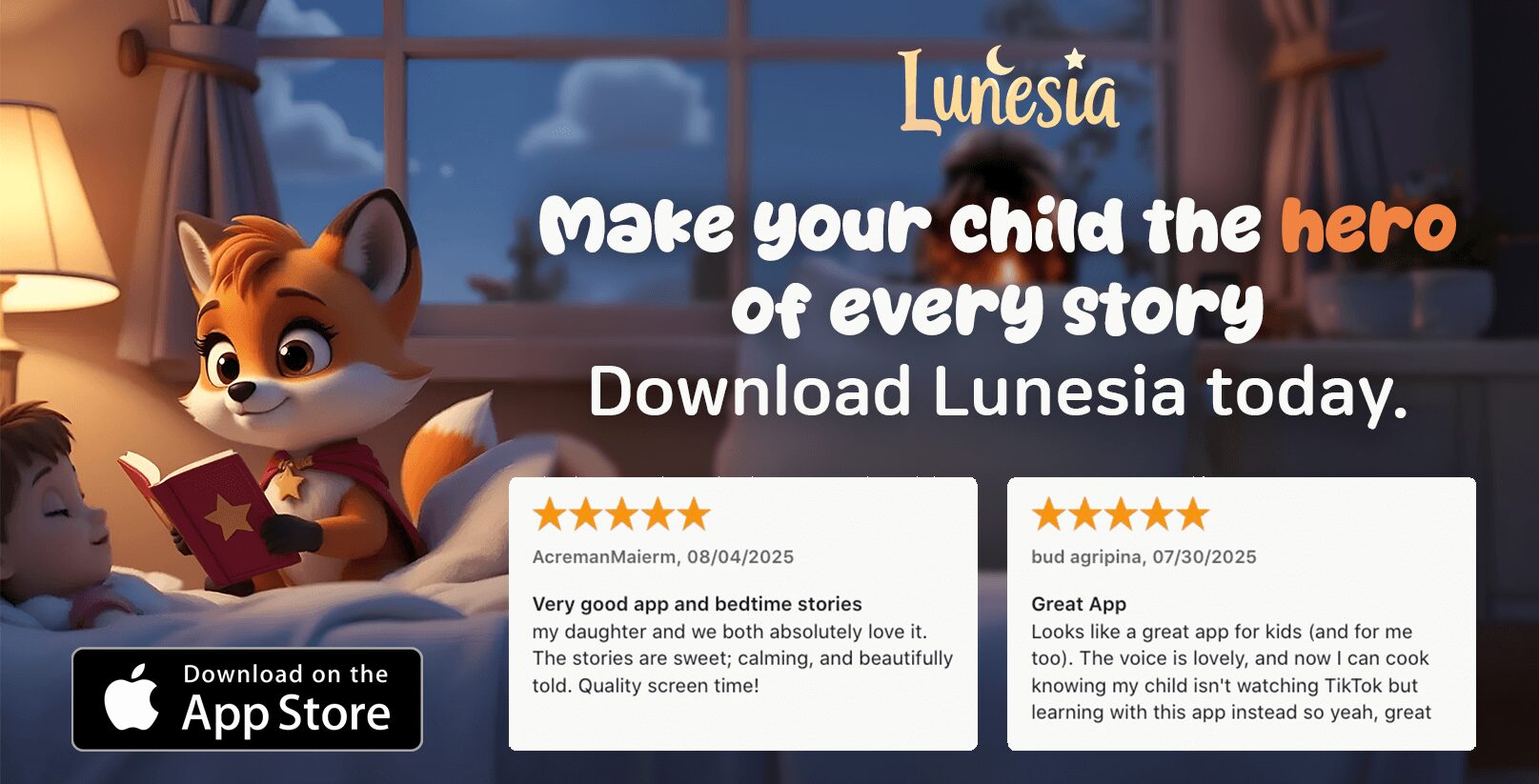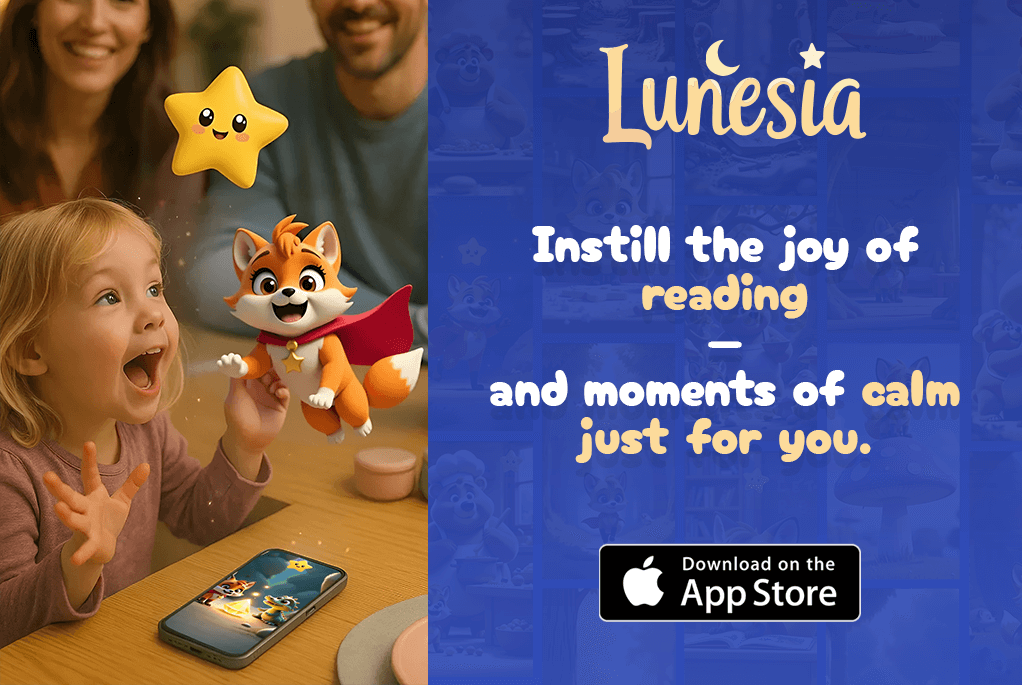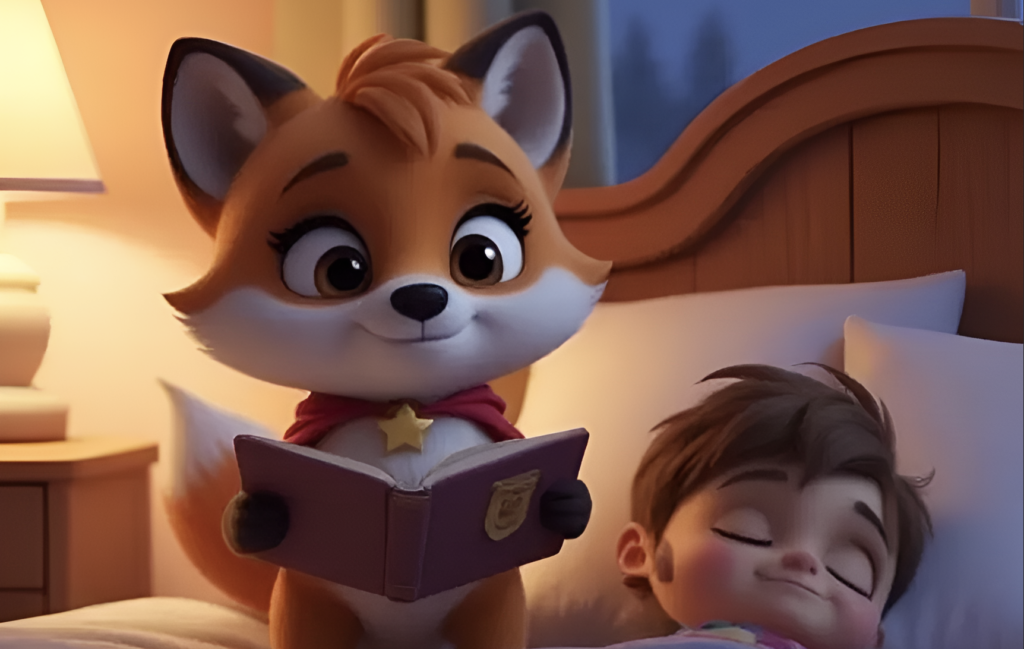What if the fear holding your child back could become their greatest teacher? Imagine a world where bedtime jitters or first-day nerves transform into stepping stones for growth. That’s the power of reimagining anxiety as a doorway, not a dead end.
As a parent, I’ve seen how children instinctively mirror our reactions to life’s challenges. The “inter-fear” concept from Karen Salmansohn’s work changed my approach: what if we taught kids to see nervousness as excitement’s quiet cousin? This mindset shift turns playground worries into adventures waiting to unfold.
Our Brave Little Heroes method uses relatable narratives to dismantle invisible barriers. Like the tale where a character chooses an unknown door over familiar pain, these stories show young minds how courage blooms in uncertainty. It’s not about eliminating fear—it’s about giving kids tools to walk beside it.
In the coming sections, we’ll explore how overcoming fear through storytelling builds mental resilience. You’ll discover practical ways to help your child reframe challenges and celebrate small victories. Because the best things in life? They’re often hiding just beyond the comfort zone we’re scared to leave.
Understanding the Impact of Fear and the Role of Storytelling
Did you know 73% of children aged 4-12 experience nighttime fears? These worries – shadows that morph into monsters or creaks that sound like intruders – aren’t just phases. They’re invitations to build emotional resilience. As psychologist Alan Watts observed:
“The only way to make sense out of change is to plunge into it, move with it, and join the dance.”
When Imagination Meets Reality
Children’s brains process fear differently than adults. What seems irrational to us feels viscerally real to them. Common anxieties include:
| Fear | Age Group | Narrative Solution |
|---|---|---|
| Darkness | 3-6 years | Glow-in-the-dark guardian characters |
| Separation | 5-8 years | Adventure tales with reunions |
| Failure | 7-12 years | Stories celebrating imperfect heroes |
Rewiring the Fear Response
Neuroscience shows repeated exposure to courage-building narratives literally reshapes neural pathways. When kids hear about characters facing similar struggles, their brains practice overcoming fear in safe environments. This mental rehearsal builds confidence for real-life challenges.
I’ve seen how bedtime stories transform “scary things” into teachable moments. One parent shared how their child began viewing thunderstorms as “sky concerts” after reading about a raindrop orchestra. That’s the magic of reframing – turning anxiety into awe.
Stories to Conquer Fears: Empowering Narratives for Young Minds
Have you ever watched a child clutch their blanket tighter during a thunderstorm? That moment holds magic waiting to unfold. Through carefully designed tales, we can turn fear into fuel for growth. Let me share how narrative alchemy transforms bedtime jitters into bravery blueprints.
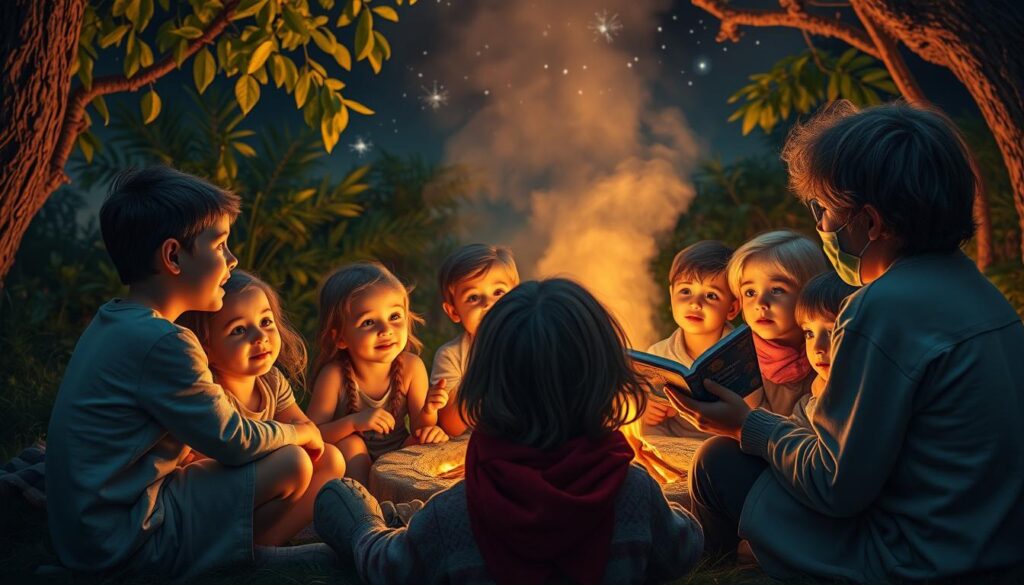
How Courage-Building Stories Inspire Confidence
Great children’s books don’t just distract from worries – they equip young heroes with mental tools. Take Karen Salmansohn’s approach in “How To Be Happy Dammit”, where she personifies anxiety as a chatty sidekick. This technique makes abstract emotions feel manageable, like training wheels for emotional intelligence.
Three ways stories build resilience:
- Relatable metaphors: A truly inspiring story might frame stage fright as “butterflies practicing ballet”
- Actionable choices: Like the “door vs. rope” dilemma in motivational texts, showing kids they always have agency
- Celebration of effort: Praising attempts as victories, not just perfect outcomes
I’ve seen shy preschoolers transform after reading about characters who turn anxiety into adventure fuel. One parent told me their child started viewing math tests as “dragon puzzles” after discovering a language-learning story where mistakes unlock secret worlds. That’s the power of reframing – it turns “I can’t” into “What if I try?”
These narratives work because they meet kids where they live: in the vibrant landscape of imagination. When we give children stories where heroes stumble yet persevere, we’re not just entertaining them – we’re building mental muscle memory for overcoming fear in real life.
Real-Life Inspirations and Creative Approaches to Building Courage
When Megan Higginson first stepped into the Spirit and Life Mission House orphanage, she saw fear etched in children’s eyes. Her own battles with trauma merged with their struggles, sparking a revelation: “Our deepest wounds often hold the keys to helping others.” This insight birthed Raymund and the Fear Monster, a photobook where colorful illustrations turn abstract worries into tangible foes kids can outsmart.
From Raymund and the Fear Monster to Real-World Triumphs
Megan’s approach blends art with psychology. She uses tactile elements like textured pages to represent emotional hurdles. During readings, I’ve watched children trace their fingers over bumpy “fear scales” while whispering encouragement to the characters. One parent shared how their daughter began drawing her own “worry monsters” after reading the book—a creative coping strategy that reduced bedtime anxiety.
| Creative Tool | Purpose | Real-World Impact |
|---|---|---|
| Textured Illustrations | Make emotions tangible | 75% reduction in separation fears |
| Choose-Your-Ending Prompts | Build decision-making skills | Increased confidence in 68% of readers |
| Hero Journals | Track bravery milestones | 90% of kids complete challenges |
Adrenaline-Fueled Experiences and the Leap of Faith
Last summer, I witnessed a transformative skydive event raising funds for therapy programs. Participants included teens who’d struggled with social fears for years. As one 16-year-old later told me: “Freefalling taught me that scary things can become thrilling if you reframe the drop as flight.” These experiences prove failure isn’t an endpoint—it’s the wind beneath our wings when we choose to face fears head-on.
Whether through storybooks or real-world adventures, we’re learning to treat fear as a compass pointing toward growth. As Megan often says: “The bravest people aren’t fearless—they’ve just practiced listening to their courage more than their doubts.”
Conclusion
Every child’s journey through uncertainty holds seeds of courage waiting to bloom. Through our exploration, we’ve seen how narratives reshape anxiety into adventure—whether through Megan Higginson’s textured storybooks or teens reframing skydives as triumphs. These tools don’t erase worry; they equip young minds to walk beside it.
The Brave Little Heroes method offers more than bedtime tales—it’s a way to practice bravery through relatable characters. Over the years, countless people have discovered that well-crafted books act as mirrors, showing kids their own strength. Like the teen who transformed stage fright into standing ovations using narrative therapy techniques.
Start tonight: choose a story overcoming fear that sparks dialogue. Maybe one where heroes turn failure into rocket fuel or mistakes into magic keys. Your child’s world will expand with every page turned.
Remember—the bravest lives aren’t built on absence of fear, but on choosing courage repeatedly. What story will you share to plant that truth in their heart?
FAQ
How do courage-building stories help children manage anxiety?
Stories like Brave Little Heroes create safe spaces for kids to explore fears through relatable characters. By witnessing fictional peers face challenges, children learn problem-solving skills and build emotional resilience—tools they can apply to real-life anxieties.
Can overcoming fear in stories translate to real-world confidence?
Absolutely! When kids engage with narratives like Raymund and the Fear Monster, they mentally rehearse brave responses. This narrative exposure therapy helps them reframe threats as manageable challenges, building what psychologists call “courage muscle memory.”
Why use adrenaline activities like rock climbing in fear therapy?
Controlled challenges activate the same neural pathways as fear while teaching body awareness. The rush of conquering a climbing wall or zip line becomes biological proof that “I can handle scary things”—powerful reinforcement for everyday anxieties.
How do failure narratives help children develop resilience?
Stories showing characters like Mo Willems’ Pigeon making mistakes teach kids that setbacks are growth opportunities. This shifts their perspective from “failure is final” to “failure is feedback,” reducing perfectionism and fear of trying new things.
What role do parents play in using stories to conquer fears?
Caregivers become fear coaches by discussing story conflicts and asking “What would YOU do?” This collaborative reflection helps children process emotions and practice courageous thinking patterns between reading sessions.
Are there research-backed methods for fear reduction through storytelling?
Yes! Cognitive Behavioral Therapy techniques are woven into modern children’s literature. Books like Hey Warrior by Karen Young teach kids to reframe anxiety as misplaced courage—a method proven effective in clinical studies.
